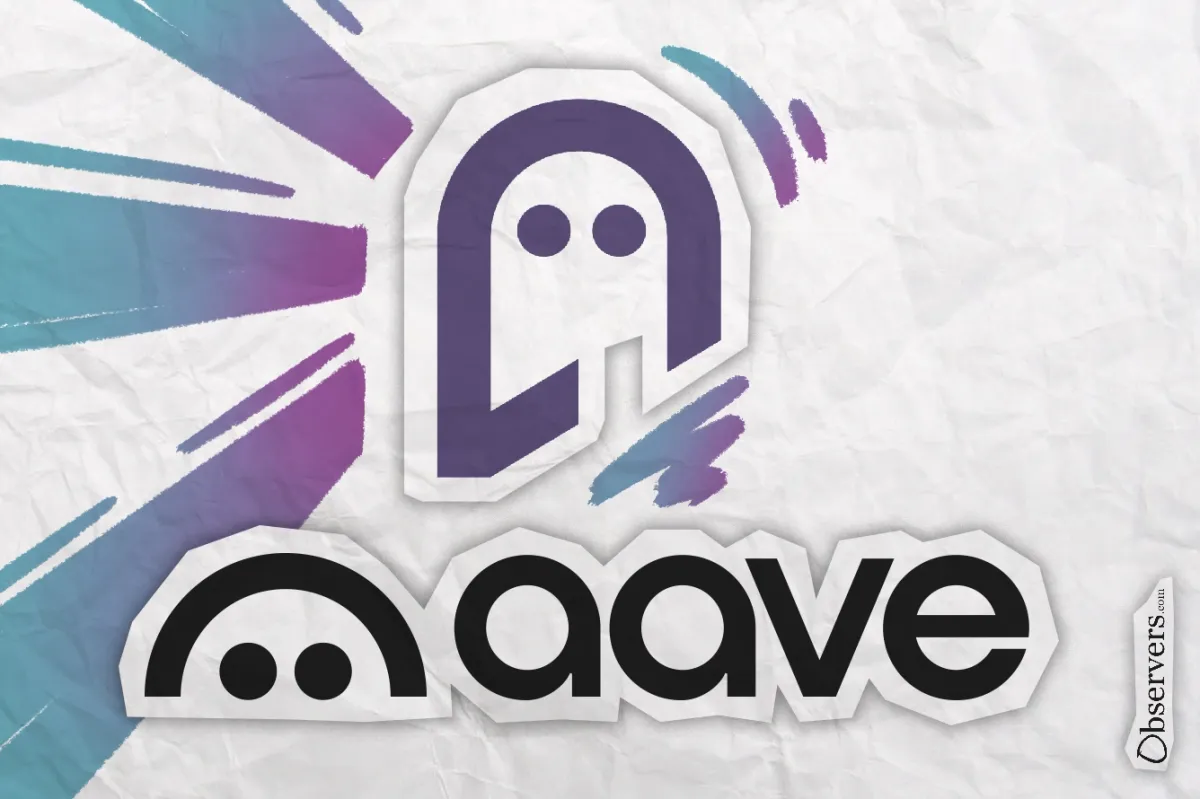
Aave launched its GHO stablecoin almost a year ago. Since then, the project has made steady progress, although its growth has been relatively slow compared to newer stablecoins like Usual and Ethena.
GHO is a decentralized, overcollateralized stablecoin minted from assets supplied to the Aave Protocol. The assets backing the stablecoin include ETH and staked ETH derivatives, other stablecoins such as DAI, USDC, and LUSD, as well as tokens like AAVE and LINK.
The current collateralization ratio of GHO is approximately 2.58. This means that the assets backing the stablecoin are more than double its circulating supply. Since its inception, this ratio has not dropped below two, which provides a strong security foundation for the stablecoin.
Despite this overcollateralized design, GHO lost its peg right after the launch in 2023. It dipped to below $0.96 because of downward price pressure which was caused by staked AAVE holders taking advantage of favorable borrow rates to arbitrage GHO against DAI and earn yield with DAI Saving rate. The challenge was accepted by the team, and after some re-engineering, GHO switched paths, and the peg is now consistently close to $1.
Over the past few months, the supply of GHO has been rising, which indicates increased adoption. Particularly since May of this year, the supply of GHO has almost doubled, now hovering around 100 million.
Aave is actively integrating GHO into various DeFi yield farming protocols, a strategy that is proving quite effective. For example, on Maverick Protocol, a decentralized exchange, users can earn an annual percentage rate (APR) of over 100% by staking GHO with USDC in the liquidity pool. Such high returns help attract more users and increase the stablecoin's circulation supply.
👀 pool 15
— mrsisyphos.eth (@sisyphos7919) July 16, 2024
New incentives for $GHO / $USDC in @mavprotocol to ensure deep and healthy liquidity for @GHOAave. pic.twitter.com/1wbxQzzz36
This month has been pivotal for GHO as it started integrating with Chainlink’s Cross-Chain Interoperability Protocol (CCIP), allowing secure token transfers across different blockchains. Aave has already implemented GHO on the Arbitrum network and plans to extend it to others. Being available on multiple chains should help boost GHO’s adoption.
Despite this progress, if we compare GHO to its newer stablecoin competitors, like Ethena and Usual, its growth seems quite modest. Usual quickly secured a total value locked (TVL) of $100 million in just a week, while Ethena’s stablecoin USDe has already achieved a market cap exceeding $3.3 billion. These stablecoins offer higher native yields and governance token incentives, which help fuel demand.
Still, modest progress does not mean no progress. Backed by Aave, one of the giants in the DeFi market, GHO still holds significant potential. Looking ahead, we can expect more integrations and partnerships that could enhance GHO’s yield opportunities and presence in the DeFi space.

